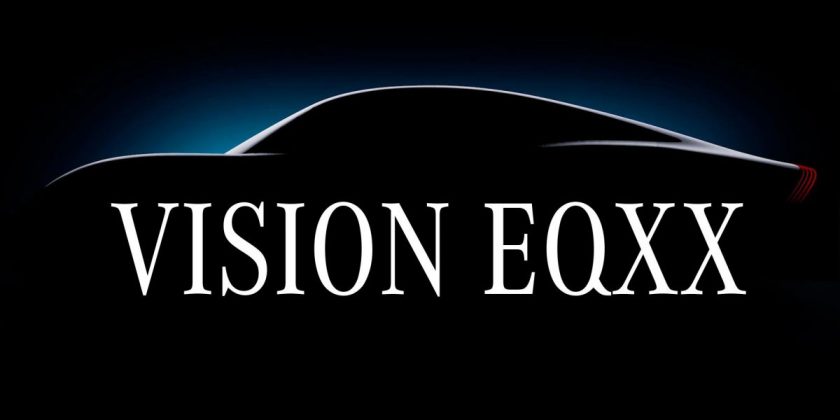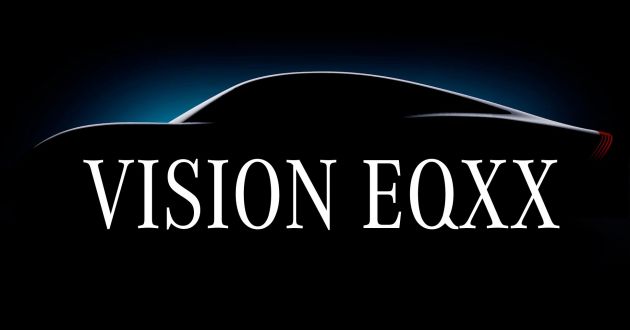Mercedes-Benz stated its full commitment to electric vehicles (EVs) during its recent virtual investor and analyst conference, which saw the company present its updated car business strategy moving forward. Now, we’re diving a little deeper into just what the company’s EV plans are.
The German automaker has already announced some of the new models that will part of its EQ line-up, including the EQS, EQS SUV, EQE, EQE SUV, EQA and EQB. However, that’s just a taste of what’s to come, as the company plans to offer over 20 battery electric vehicles (BEVs) and under 25 plug-in hybrid (PHEV) models by 2030.
This will also see a gradual reduction in the number of combustion engine variants, with Mercedes-Benz expecting a 40% drop by 2025 compared to current, and 70% by 2030. These two initiatives will help support the company in reaching its CO2 targets that are aligned with the WLTP (Worldwide Harmonised Light Vehicle Test Procedure).
Given the sheer number of EVs in the pipeline, the company says it has developed various platforms that support electric powertrains. In today’s world, the MRA (Modular Rear-wheel-drive Architecture) and MFA (Modular Front Architecture) platforms used for the GLC, GLA and GLB form the basis of what will underpin the current EQC as well as the upcoming EQA and EQB.
In 2021, with the debut of the EQS, we’ll be introduced to the company’s dedicated large electric platform – Electric Vehicle Architecture (EVA). This will not only be used for the EQS, but also the abovementioned EQS SUV, EQE and EQE SUV, with features such a skateboard format, WLTP range of up to 700 km and power outputs up to 500 kW (680 PS or 670 hp)
The step after will be another dedicated EV platform – Mercedes-Benz Modular Architecture (MMA) – which will be used for compact and mid-sized models. Also adopting a skateboard-style battery layout, the company promises obvious things like exceptional range, high power charging, energy efficiency, but also competitive electric powertrain costs. No models were mentioned, but in one of the presentation slides, we see five unknown models.
The company is talked a bit about its next-generation e-drive unit, which is developed completely in-house for use in its future EVs. Scalable to suit different requirements, Mercedes-Benz says its drive units will sport efficient electric motors, silicon carbide (SiC) technology in its inverters, a two-speed gearbox and an 800-volt electrical architecture.
Batteries will also be an integral part of its EVs, with significant efforts to improve the in-house development of battery technology, be it anode, cathode, electrolyte chemistries, while engaging strategic partners like CATL, Farasis, SILA Nanotechnologies and others to further research and source materials.
All the knowledge gathered from R&D will culminate in a project that Markus Schafer, member of the board of management of Daimler AG, responsible for group research and COO of Mercedes-Benz Cars, says involves building “the longest range and highest efficiency electric car the world has ever seen.”
That car is the Vision EQXX, which Mercedes-Benz suggests will have a range of just over 1,200 km, at least according to the question posed in their presentation, which read “Shanghai to Beijing on one charge??” Fire up Google Maps and you’ll find that distance is 1,214 km.
For now, there are no details about the Vision EQXX, but we do get a teaser of the vehicle’s profile, and it’s a rather sleek one at that. A slippery shape is just one of several aspects that the company is focusing on to optimise efficiency so it doesn’t need to be dependent on a huge battery, with others being weight, auxiliary systems, rolling resistance and drivetrain performance. The Vision EQXX serves as a testbed, with developments gained set to trickle down to series production models.
Source: Read Full Article






